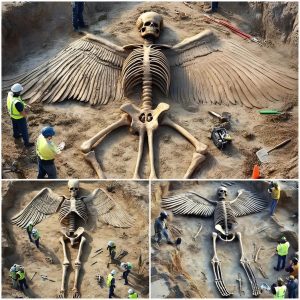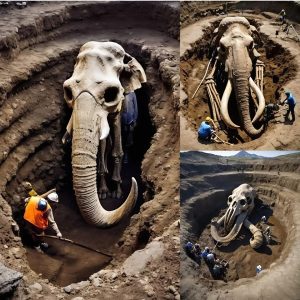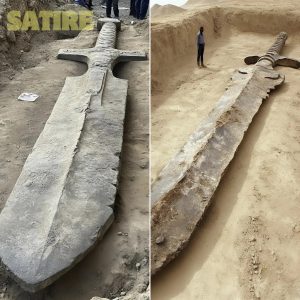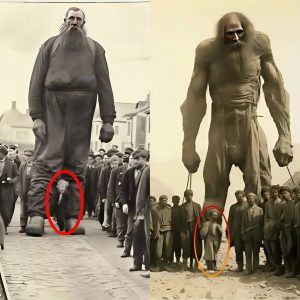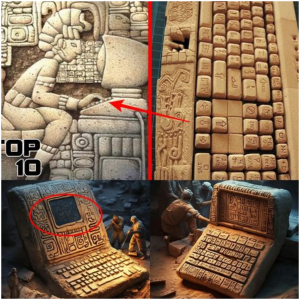In an astonishing archaeological discovery, traces of early humans have been found on the remains of an ancient woolly mammoth, offering a rare glimpse into the life and interactions between our ancestors and these magnificent creatures. This find is not just a breakthrough in understanding prehistoric life, but also a reminder of the profound connection between humans and the natural world during the Ice Age.
Uncovering the Past: The Discovery
The discovery was made by a team of archaeologists working in the remote tundras of Siberia, an area known for preserving Ice Age fossils due to its permafrost. The mammoth, estimated to be over 15,000 years old, was remarkably well-preserved, with traces of human activity still visible on its bones and tusks. These traces include distinct cut marks made by tools, suggesting that early humans hunted or scavenged the mammoth, utilizing its meat, bones, and hide for survival.
The mammoth’s remains were found in close proximity to what appears to be a rudimentary campsite, complete with stone tools and remnants of a fire pit. This suggests that the site was used by a group of early humans, possibly as a temporary shelter or a place to process the mammoth’s carcass. The discovery of such a site is rare and provides invaluable insight into the daily lives of our prehistoric ancestors.
The Significance of the Find
This discovery is significant for several reasons. Firstly, it provides direct evidence of human interaction with woolly mammoths, creatures that roamed the Earth during the last Ice Age. While it has long been known that early humans hunted these massive animals, finding physical evidence of such interactions is rare and highly valuable to researchers.
Secondly, the traces of human activity on the mammoth’s remains offer clues about the tools and techniques used by early humans. The cut marks suggest the use of sharp stone tools, which were likely crafted specifically for processing large animals like the mammoth. This finding supports theories that early humans were highly skilled hunters and toolmakers, capable of taking down and utilizing one of the largest animals of their time.

What This Means for Our Understanding of Prehistoric Life
The discovery of human traces on the woolly mammoth is more than just a historical curiosity; it reshapes our understanding of the relationship between early humans and their environment. The Ice Age was a time of great challenges, with harsh climates and dangerous predators, yet early humans managed to thrive by developing sophisticated hunting strategies and social structures.
This find also raises intriguing questions about the role of mammoths in the daily lives of early humans. Did they rely heavily on these animals for sustenance, or were mammoths hunted only on rare occasions? What social or cultural significance did mammoth hunting hold within these early human communities? While the answers to these questions may not be fully known, each new discovery brings us closer to understanding the complex web of life during this distant era.
Looking to the Future: The Importance of Continued Research
As researchers continue to analyze the site and its findings, there is hope that more details about early human life will emerge. Every trace, from the cut marks on the bones to the tools found nearby, adds another piece to the puzzle of our prehistoric past. Moreover, this discovery underscores the importance of preserving and studying archaeological sites, as they hold the keys to understanding our shared history.
In conclusion, the traces of early humans discovered on the ancient woolly mammoth are a remarkable window into a world long gone. They remind us of the ingenuity and resilience of our ancestors, who survived and thrived in a world vastly different from our own. As we continue to explore and learn from these ancient remains, we gain not only knowledge of the past but also a deeper appreciation for the human spirit that has endured through the ages.
